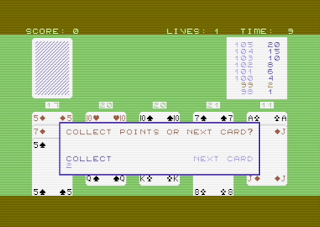Fixing a broken Fossil charging dock cable

My other half somehow managed to break the USB connector from the cable of the Fossil Smartwatch Charging Dock. It seemed that the cable itself only exposed two wires in the lead, which suggested that it could be easily fixed: I couldn't find anyone with this same issue on the internet as I vaguely recollect the watch can be connected to USB for debugging purposes and USB data requires more than 2 wires... I may have remembered that wrongly, but I figured I had to open up the connector to make sure that it is indeed just a two wire connection. The connector itself was a bit of a pain to get into. After prying the silicon sleeve from the connector I could see just two connections: GND and VCC. So far, so good... I had to use a pair of snips to get the transparent protective plastic off so I could get at the actual contacts: Luckily, there's a pad marked "GND" on the tiny board, so I could easily figure out how to connect these two leads back on the PCB. I ad...

